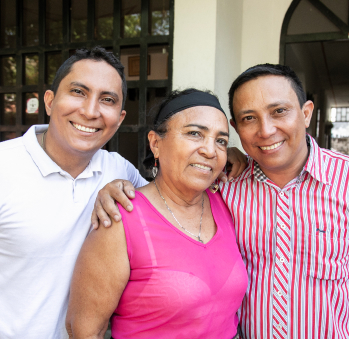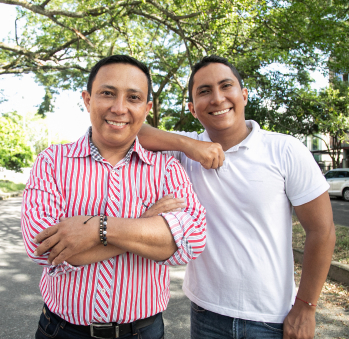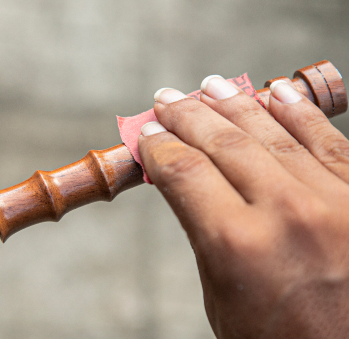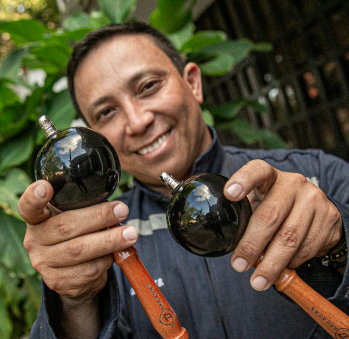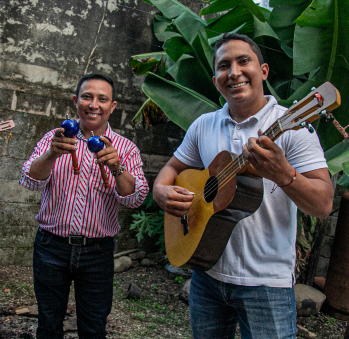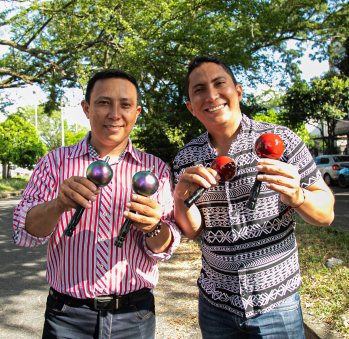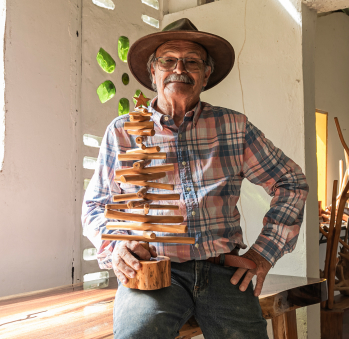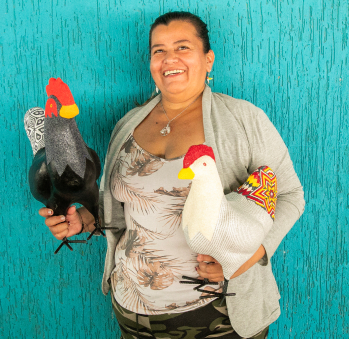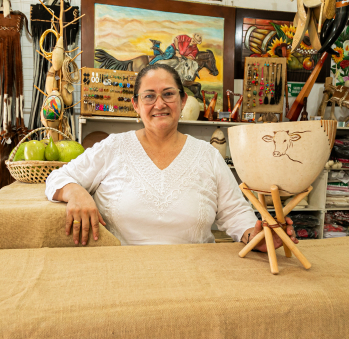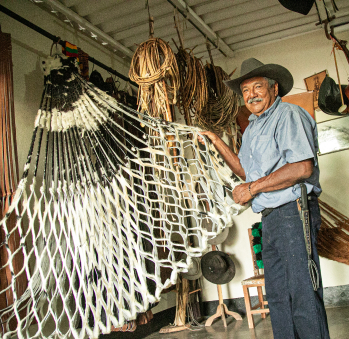José Guadalupe y Davison Yesid Barragán
Workshop: Maracas Barragán
Craft: Luthería
Trail: Casanare Route
Location: Yopal, Casanare
SCHEDULE YOUR VISIT
Carrera 18 # 34- 30 Barrio 20 de Julio, Yopal, Casanare
José: 3112294010
Yesid: 3108999053
barragan.apulso@gmail.com
@maracasbarragan
@maracas.barragan
These siblings are the grandchildren of a famous man central to the history of this part of the country: Guadalupe Salcedo, the so-called liberator of the Llano, the supreme commander of the liberal-wing guerrillas that emerged in this territory during the infamous Violence period in the fifties. They fought against the conservative army and the bloodthirsty self-defense groups known as Chulavitas. Everyone is familiar with his political and militant life, but very few know that he was always accompanied by llanera music. He played the treble guitar, the cuatro, and the guitar, sang, and even composed ballads. The elders remember corrido songs narrating his feats on the battlefield.
He passed down his blood, full of music, to his offspring, starting with his daughter Dolly Salcedo, the mother of José Guadalupe, Horacio, César, and Yesid Barragán, all of them renowned Casanare musicians. Together, they formed the popular group “”Guadalupe Joropo Fresco.”” Two of them, Guadalupe and Yesid, have devoted themselves to a unique art: the handcrafting of maracas.
Far from the idea that maracas are simple instruments played only during Christmas novenas, these maracas play a specific role in llanera music. They are the baseline of the ensemble, accompanied by a harp, cuatro, and bandola. These two musicians and luthiers refer to maracas as a natural instrument, as their soundbox is made from a totumo or taparo, as it’s called in the region and in Venezuela, where its musical tradition remains intact. Since there are no identical totumos, what helps them achieve a balanced sound are the seeds they fill them with, and thanks to their craftsmanship mastery and their keen ear, they can tune them.
They are passionate about seeds—capacho and espuma de sapo. The former is a bit larger than the latter. They fill the taparos with them and, depending on the movement of their hands, produce a variety of sounds to suit different musical needs. There’s a special beauty in hearing them speak about such an abstract subject as sound, but they know it so well that they describe the sound of capacho seeds as voluminous, powerful, and bright. On the other hand, espuma de sapo seeds, being smaller, have a more passive, low-pitched, or neutral sound. These produce a much constant rhythm, which they refer to as “”pastosito.””
Beside them, one can learn how to consciously listen, discover how a musical instrument is built, and notice its evolution. They explain that the first maracas had a fixed handle, which evolved into a crossed handle that breaks through the totumo, offering new melodic possibilities. The many ways in which a performer may move their hands when playing the maracas are surprising. They resemble a dance from which one can sense a thousand different sounds. Guadalupe tells that in his early training years, he would study between six and eight hours a day. He isn’t one of Casanare’s most important players for nothing. He has recorded more than three thousand songs and played alongside musicians as famous as Walter Silva, Dúmar Aljure, and Cholo Valderrama.
These two musicians genuinely love their crafts and want to share their knowledge with anyone who wants to learn. By witnessing them, it’s possible to gain a complete understanding of what they mean by “”regar”” or “”repicar”” the seeds, as well as to experience a “”floreo”” or “”escobillados.”” They own a wide linguistic universe for speaking about sound, serving as the starting point for understanding their culture.
Craft
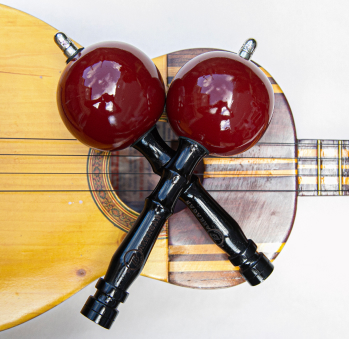



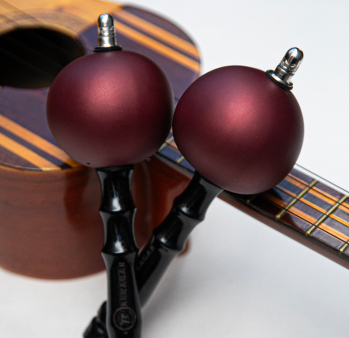

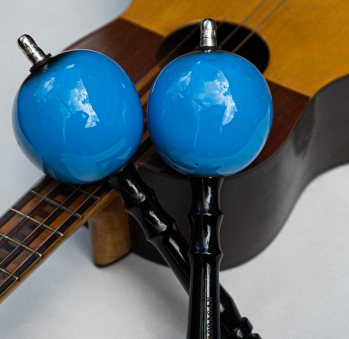
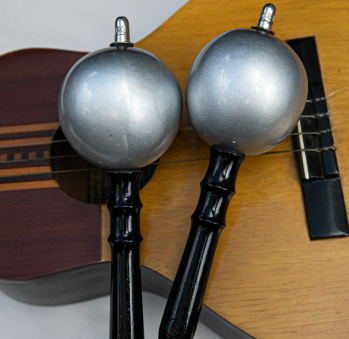










Artisans along the way
Artisans along the way
No puede copiar contenido de esta página









































